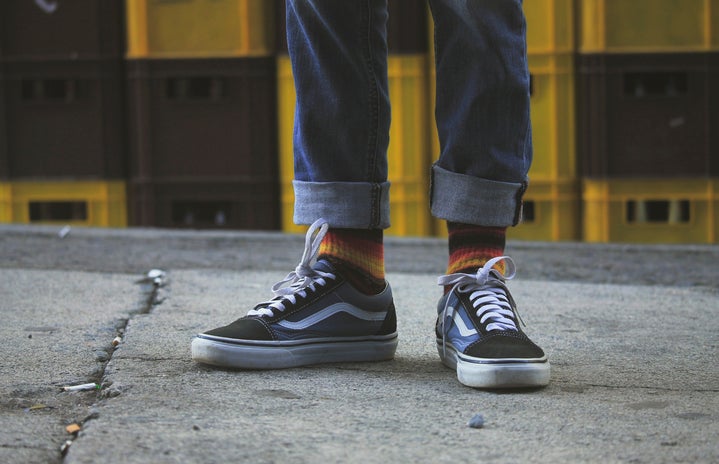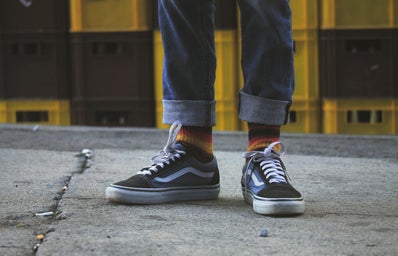America has had a habit of commenting on the clothes of powerful women rather than asking them newsworthy and appropriate questions regarding their profession, opinion, or social and entrepreneurial endeavors.
While some women use fashion as a form of empowerment, many reporters will use their interviewee’s wardrobe as clickbait to gain more followers. But, in the current #MeToo era, a women’s wardrobe is not the commentary society needs.
Throughout history, the first lady has been targeted for her wardrobe decisions. Although they do not hold an elected position, they carry ceremonial duties and are highly visible role models in American society. The role itself has evolved over the years, yet the basis of the first lady is to be the head liaison and hostess to the White House.
“I think it is important to focus on how the first lady helps society and supports the community,” said senior elementary education major Sydney Severino. “It’s important to focus on these things so that future generations understand that they are powerful and can make a difference in the world, regardless of what they are wearing.”
One of the most iconic First Ladies, in terms of wardrobe, was Jacqueline (Jackie) Kennedy. But what many don’t know about this style icon is that she was a prominent figure in establishing the White House Fine Arts Committee, and created the post of White House Curator. During Jackie’s time as first lady, she sought to preserve and protect America’s cultural heritage. However, society remembers her primarily for her beauty and grace.
Jacqueline “Jackie” Kennedy/ The John F. Kennedy Presidential Library and Museum in Boston
More recently, Michelle Obama broke barriers as the first African-American first lady. Michelle spoke about the importance of education and the future role of women on multiple occasions. Her dedication to America’s health was evident in her “Let’s Move!” initiative. This dedicated to solving the problems of obesity within a generation, allowing children born today to grow up healthier and able to pursue their dreams. Yet, society still wanted her to conform to their standards of what and how a first lady should act.
In a New York Times article by Chimamanda Ngozi Adichie, she notes that in the 2008 Democratic National Convention “the three-quarter sleeves of [Michelle’s] teal dress announced its appropriateness, as did her matching brooch. But the cut of the dress scorned any ‘future first lady’ stuffiness.” Michelle quietly and confidently changed the course of American history, but not without backlash from society members stuck in what the past defined as the “appropriate” first lady.
Michelle Obama at the 2008 DNC/Flickr CC
Now, Melania Trump, a trailblazer herself, is Slovenian-American. She is the second American first lady born outside of the United States. The first lady has been known to channel Jackie Kennedy vibes when choosing an outfit. However, some of her fashion choices have been controversial.
Many have said that wearing a jacket that reads “I really don’t care, do you?” to meet immigrant children in Texas may not have been the best option. Melania’s spokesperson says there is ‘no hidden message’ in the jacket, but of course, society will make their own assumptions.
First Lady Melania Trump/Flickr CC
In another instance, The Seattle Times noted in a September 2017 article by syndicated columnist, Christine M. Flowers that “journalists and public figures have an obligation to focus their energies on the victims of Hurricane Harvey and not on the first lady’s fashion sense.” The Seattle Times satirically called this scandal “stilettogate.”
“I understand the controversy around Melania’s choice of jacket, but do not think the media should be focusing on it when there are more important problems to report on,” said senior broadcast journalism major Jianni Smith. “Journalists are supposed to be watchdogs for society, and to report on such a minuscule issue [like fashion choice] when more serious things are happening is not newsworthy.”
The standards that society believes women should uphold does not reflect greater ability. In many ways, women are considered to be the “weaker sex.” But, especially with the rise of women voices due to the #MeToo movement, it’s time for a change.
Let the focus be on change for the community where the first lady dedicates herself to, rather than her wardrobe. If a reporter doesn’t comment on the president’s wardrobe, then it shouldn’t be said about the first lady either.



